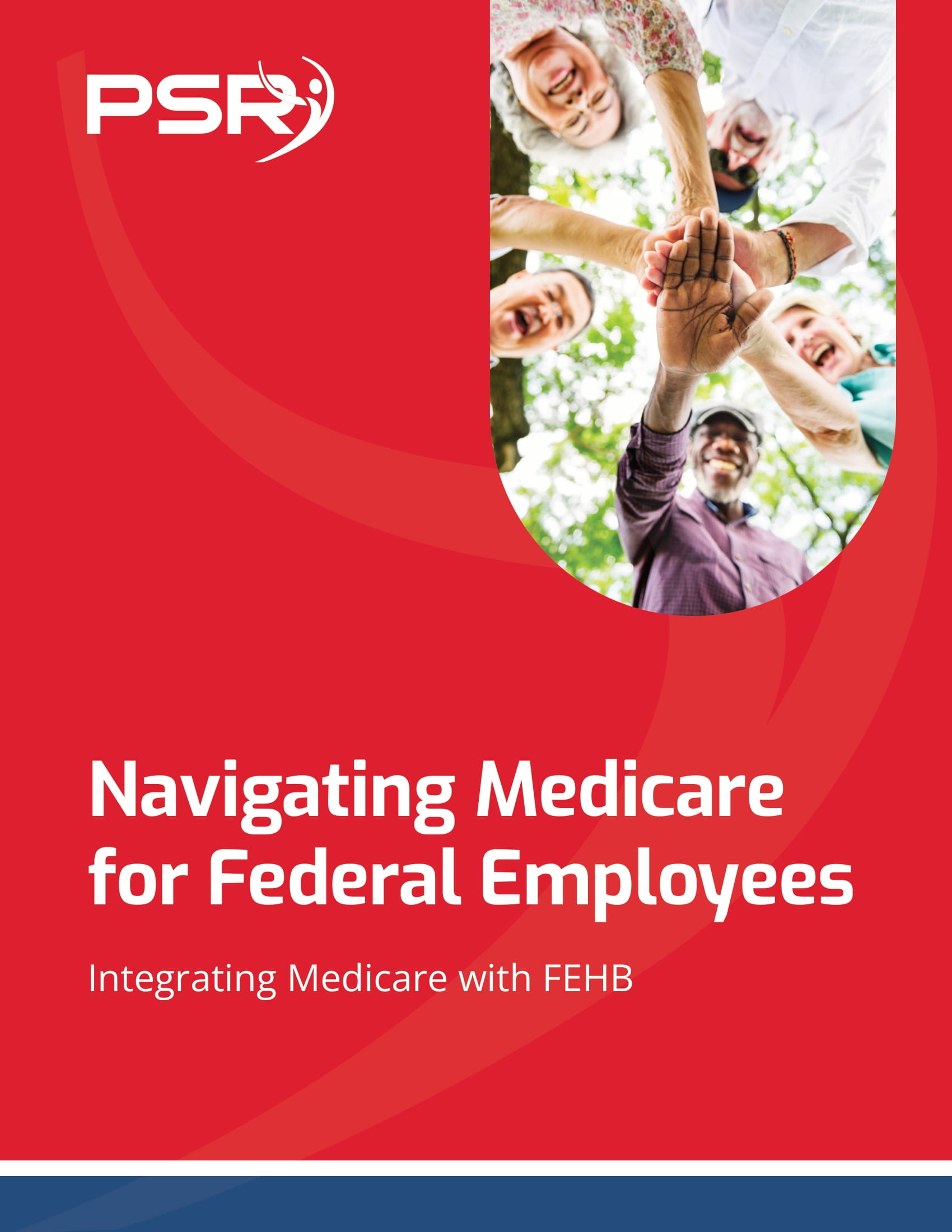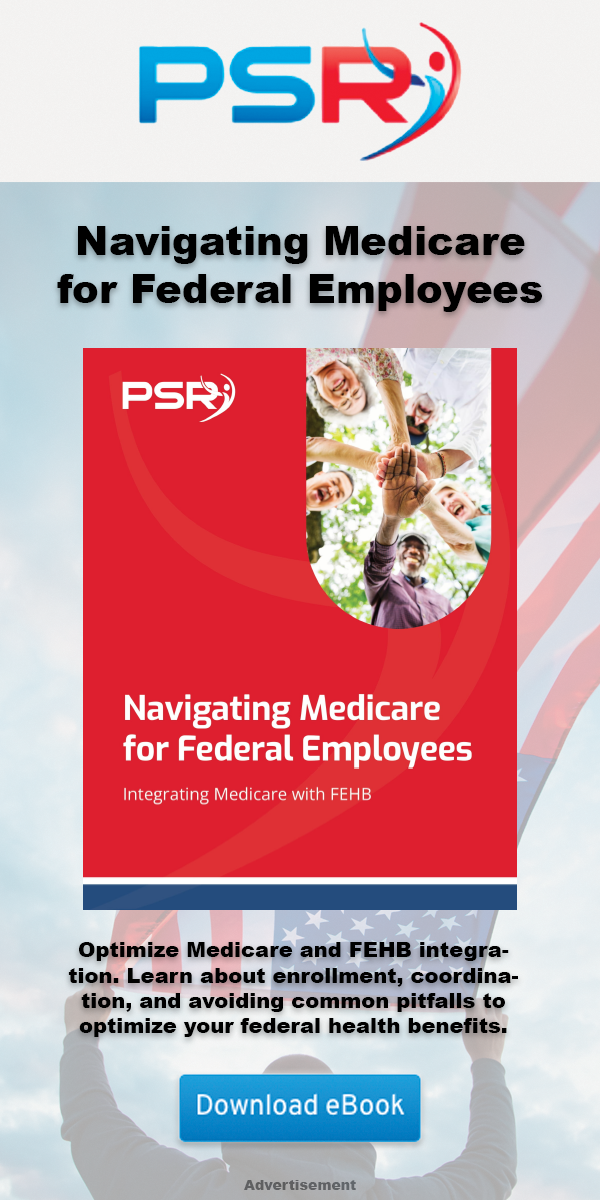Key Takeaways:
-
Medicare has multiple cost components beyond just the monthly premium, including deductibles, copays, and coinsurance, which can add up quickly if you’re unprepared.
-
Understanding Medicare’s cost structure before enrolling helps you plan for healthcare expenses and avoid surprises during retirement.
The Real Cost of Medicare: What You Need to Know Before Signing Up
Medicare plays a crucial role in retirement, but many retirees don’t fully grasp its costs until it’s too late. While Medicare does provide valuable healthcare coverage, it isn’t free—and certain expenses can catch you off guard if you aren’t prepared. Let’s break down the five major costs you should know about before you enroll so you can budget wisely and avoid unexpected financial strain.
1. Your Monthly Premium Isn’t the Only Cost to Consider
- Also Read: FAA, Law Enforcement, and Special Federal Employee Categories—Here’s What Makes Their Retirement Unique
- Also Read: Blending Private and Public Sector Retirement Plans Is Complicated—Here’s Where Couples Get It Wrong
- Also Read: The Silent Shift in Postal Service Retirement Benefits That Could Change Everything by 2026
Many retirees assume that Medicare is completely covered by the taxes they paid throughout their working years. While Medicare Part A (hospital insurance) is premium-free for most people, Part B (medical insurance) requires a monthly premium.
-
In 2025, the standard Medicare Part B premium is $185 per month, but if you have a higher income, you could pay more due to Income-Related Monthly Adjustment Amounts (IRMAA).
-
Medicare Part D (prescription drug coverage) also has a premium, which varies by plan.
-
If you enroll in a Medicare Advantage plan (Part C), expect additional costs depending on the plan you choose.
-
Extra coverage, like Medigap plans, can add another layer of expenses, depending on your needs.
The bottom line? You’ll likely pay more than just one monthly premium, so plan accordingly.
2. Deductibles Can Add Up Quickly
Medicare requires you to pay a deductible before coverage kicks in, and these amounts change annually. Here’s what you need to know in 2025:
-
Medicare Part A has a deductible of $1,676 per benefit period for inpatient hospital stays. You may pay this more than once in a year if you have multiple hospital stays.
-
Medicare Part B has an annual deductible of $257 before it starts covering outpatient care.
-
Medicare Part D plans can charge a deductible of up to $590 before covering prescription drugs.
-
Some Medicare Advantage plans have their own separate deductibles, which can be higher or lower than Original Medicare.
If you need frequent healthcare services, these deductibles can add up fast. Having a financial plan in place can help you manage these out-of-pocket costs.
3. Copays and Coinsurance: The Costs That Keep Adding Up
Medicare beneficiaries are responsible for copays and coinsurance, which means you share the cost of services with Medicare. Here’s how it works:
-
Medicare Part A Coinsurance: After 60 days in the hospital, you start paying $419 per day from days 61-90, and $838 per day after that.
-
Skilled Nursing Facility Coinsurance: After 20 days in a skilled nursing facility, you start paying $209.50 per day.
-
Medicare Part B Coinsurance: After meeting the $257 deductible, you typically pay 20% of the Medicare-approved cost for doctor visits, outpatient services, and durable medical equipment.
-
Some Medicare Advantage plans offer fixed copays instead of a percentage-based coinsurance, which can help with cost predictability.
These costs might not seem like much for a single visit, but they can become overwhelming if you need ongoing treatment. Having a backup plan to cover these expenses can help protect your retirement savings.
4. Prescription Drug Costs Are More Than Just Your Premium
If you take prescription medications, you need to be aware of Medicare Part D costs beyond just the premium:
-
Initial Coverage: After meeting the $590 deductible, you pay a percentage of your drug costs until total spending reaches $5,030.
-
Catastrophic Coverage: Once you’ve spent $2,000 out of pocket, Medicare covers 100% of your covered prescription drug costs for the rest of the year.
-
Drug costs can vary significantly depending on whether you choose a brand-name or generic medication.
-
Medicare Advantage plans that include drug coverage may have different cost structures.
Even with Part D, you could still have significant out-of-pocket costs, especially if you take expensive brand-name or specialty drugs. Checking your estimated drug costs before enrolling is crucial.
5. Out-of-Pocket Maximums: A Critical Factor in Budgeting
One major cost difference between Medicare Advantage and Original Medicare is the out-of-pocket maximum:
-
Original Medicare (Parts A & B) does not have a cap on out-of-pocket expenses. This means there’s no limit to how much you might have to pay for coinsurance, copays, and deductibles.
-
Medicare Advantage plans must have an out-of-pocket maximum, which in 2025 is capped at $9,350 for in-network services and $14,000 for combined in- and out-of-network care.
-
If you anticipate high medical costs, a plan with a lower out-of-pocket maximum could save you money in the long run.
Without an out-of-pocket maximum, costs under Original Medicare can become unpredictable, making budgeting more difficult. Understanding this distinction is key to choosing the right coverage for your needs.
How to Plan for Medicare Costs in Retirement
To avoid surprises, take these steps before enrolling in Medicare:
-
Estimate Your Total Costs – Consider premiums, deductibles, coinsurance, and prescription drug expenses.
-
Review Your Income – Higher-income retirees may face additional costs due to IRMAA.
-
Consider Supplemental Coverage – Some retirees choose additional coverage to help manage out-of-pocket costs.
-
Compare Plan Options – Original Medicare and Medicare Advantage plans have different cost structures, so weigh your choices carefully.
-
Budget for Healthcare – Set aside funds to cover unexpected expenses that Medicare doesn’t fully cover.
-
Understand Plan Networks – If you travel frequently or live in multiple states, make sure your plan provides coverage where you need it.
Be Proactive to Avoid Costly Surprises
Understanding Medicare’s cost structure before you enroll can help you make informed decisions and avoid unexpected financial burdens. Whether it’s deductibles, copays, or prescription drug costs, knowing what to expect will help you plan better and safeguard your retirement savings.
If you’re unsure which plan best fits your needs, get in touch with a licensed agent listed on this website. They can provide guidance and help you make the best choice for your situation.













